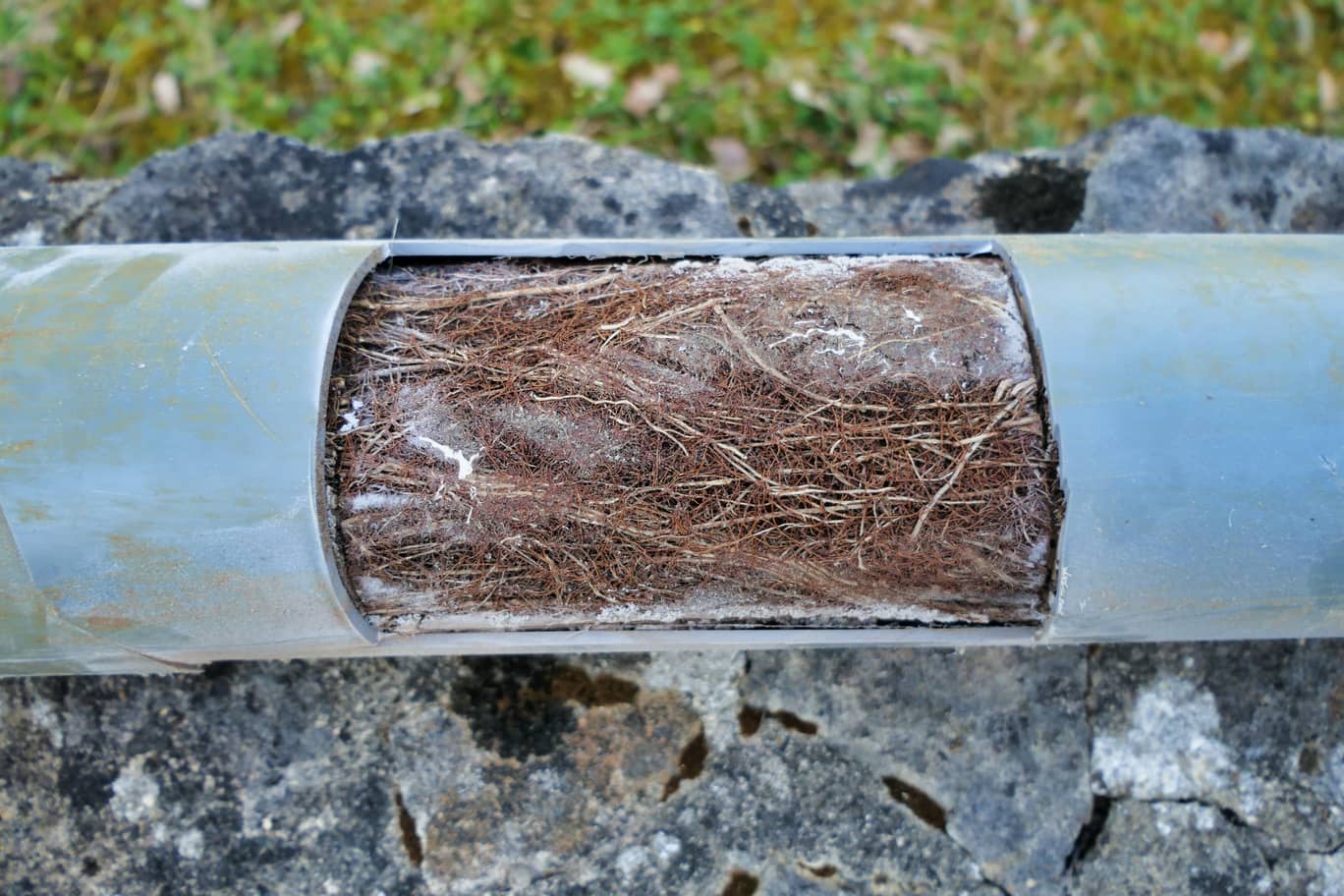

Articles
How To Remove Tree Roots From Plumbing
Modified: December 7, 2023
Learn effective methods to remove tree roots from your plumbing system with our informative articles. Protect your pipes and prevent costly repairs.
(Many of the links in this article redirect to a specific reviewed product. Your purchase of these products through affiliate links helps to generate commission for Storables.com, at no extra cost. Learn more)
Introduction
Welcome to our comprehensive guide on how to remove tree roots from plumbing. If you’re dealing with issues like clogged drains, slow-flowing toilets, or even sewage backups, tree roots may be the culprit. Trees are a beautiful and essential part of our environment, but their roots can sometimes cause significant damage to plumbing systems. Understanding how tree roots impact your plumbing and knowing effective methods to remove them is crucial to maintaining a well-functioning plumbing system in your home.
Tree roots are naturally drawn to sources of water, and unfortunately, your plumbing system can provide just that. As trees age and grow, their roots extend and spread out in search of moisture. In their quest for water, these roots often find their way into cracks, joints, or tiny openings in your plumbing pipes. Once inside, the roots can wreak havoc, causing blockages, leaks, and even complete pipe breakage.
Dealing with tree root intrusion in your plumbing system can be frustrating, but rest assured that there are effective methods to remove these roots and restore the proper functioning of your pipes. In this guide, we will walk you through the signs of tree root intrusion, step-by-step instructions on how to remove the roots, and precautionary measures to prevent future incidents.
Before we dive into the solution, it’s important to note that removing tree roots from plumbing can be a complex and labor-intensive process. It may require professional assistance, especially for extensive root damage. However, for minor cases, you can attempt some methods yourself. Let’s get started by understanding the signs that indicate tree root intrusion in your plumbing system.
Key Takeaways:
- Understanding the signs of tree root intrusion, such as slow drains, foul odors, and backed-up toilets, is crucial for prompt action and preventing further damage to your plumbing system.
- Implementing preventive measures, such as strategic tree planting, root barriers, and regular maintenance, can significantly reduce the chances of future tree root intrusion and costly repairs.
Understanding the Impact of Tree Roots on Plumbing
Tree roots can have a significant impact on your plumbing system and can cause a range of issues if left unaddressed. As roots grow and spread, they can infiltrate your pipes, leading to blockages, leaks, and even pipe collapse. Understanding the potential impact of tree roots on your plumbing is essential in identifying and resolving the problem effectively.
One of the main issues caused by tree roots is pipe blockages. As roots enter the pipes, they can form a tangled web that catches debris, grease, and other substances that flow through the plumbing system. Over time, this accumulation can restrict water flow, resulting in slow drains, backed-up toilets, and even sewage backups.
In addition to blockages, tree roots can also cause significant damage to the pipes themselves. As they grow and expand, roots can put pressure on the pipes and cause cracks or breaks. These cracks provide an entry point for more roots and can lead to even more severe damage over time. A compromised pipe can result in leaks that not only waste water but can also cause water damage to your property and increase your water bill.
If left untreated, the impact of tree roots on plumbing can escalate further. As the roots continue to grow, they can exert pressure on the surrounding soil, causing the pipes to shift or collapse. This can result in extensive damage and require costly repairs or even full pipe replacement.
It is vital to address tree root intrusion in your plumbing system as soon as possible to prevent further damage and costly repairs. Being aware of the signs that indicate tree root intrusion can help you identify and take action promptly. In the next section, we will explore the common signs of tree root intrusion in plumbing systems.
Signs of Tree Root Intrusion in Plumbing System
Detecting tree root intrusion in your plumbing system is crucial in implementing the right solutions promptly. By recognizing the signs early on, you can prevent further damage and minimize the cost of repairs. Here are some common signs to look out for:
- Slow drains: If you notice that your sinks, showers, or toilets are draining slowly, it could be a sign of tree root intrusion. As roots grow and accumulate inside the pipes, they can restrict the flow of water, causing drainage issues.
- Gurgling or bubbling sounds: Unusual sounds coming from your plumbing system, such as gurgling or bubbling noises, can indicate a blockage caused by tree roots. When roots obstruct the pipes, air bubbles can form, resulting in these sounds.
- Foul odors: If you detect foul smells coming from your drains or toilets, it may be an indication of a blockage caused by tree roots. As the roots trap debris and other organic matter, it can lead to the emission of unpleasant odors.
- Backed-up toilets or sewage backups: If wastewater or sewage is backing up into your toilets, showers, or sinks, it is a clear sign that there is a blockage in your plumbing system. Tree roots can create obstructions in the pipes, leading to these backups.
- Visible signs of root growth: In some cases, you may notice visible signs of tree root intrusion outside of your plumbing system. This can include the presence of root masses, raised or cracked pavement, or unusual patches of lush grass or vegetation near your sewer line.
If you notice any of these signs, it’s important to take immediate action. Ignoring the problem can lead to further damage and more extensive repairs. Now that you’re familiar with the signs of tree root intrusion, let’s move on to the step-by-step guide on how to remove tree roots from your plumbing system.
Step-by-Step Guide to Removing Tree Roots from Plumbing
When it comes to removing tree roots from your plumbing system, there are several methods you can try. The best approach will depend on the severity of the root intrusion and the condition of your pipes. Here is a step-by-step guide to help you navigate through the process:
- Identify the affected areas: Start by identifying the areas of your plumbing system that are affected by tree root intrusion. This can be done by observing the signs mentioned earlier or seeking professional assistance.
- Assess the severity of the root intrusion: Determine the seriousness of the root intrusion to determine the appropriate method for removal. For minor cases, you may be able to resolve the issue yourself, while more severe cases may require professional help.
- Method 1: Cutting or trimming the tree roots: If the root intrusion is minimal and confined to a specific area, you may be able to cut or trim the roots. This can be done by using a root saw or a special tool designed for cutting roots. However, it’s essential to exercise caution and avoid damaging the pipes in the process.
- Method 2: Chemical root killers: Chemical root killers, or foaming root killers, can be effective in killing tree roots that have infiltrated your pipes. These products are typically poured into the affected drain or toilet and work by releasing chemicals that kill and dissolve the roots. Follow the instructions provided by the manufacturer and use these products with caution.
- Method 3: Hydro jetting: Hydro jetting is a more advanced method that involves using high-pressure water to clear out tree roots from the pipes. This method is best suited for more severe root intrusion cases. It is highly recommended to hire a professional plumber who specializes in hydro jetting to ensure the effective removal of the roots without causing further damage to the pipes.
- Method 4: Pipe replacement: In extreme cases where the roots have caused significant damage to the pipes, pipe replacement may be necessary. This method involves removing the affected pipes and installing new ones to restore the plumbing system’s integrity. Pipe replacement is typically done by professional plumbers and may require excavation to access the affected area.
It’s important to note that while these methods can effectively eliminate tree roots from your plumbing system, preventive measures should be taken to avoid future root intrusions. In the next section, we will explore the preventive measures you can implement to protect your plumbing system from root damage.
Method 1: Cutting or Trimming the Tree Roots
If the tree root intrusion in your plumbing system is minimal and confined to a specific area, you may be able to resolve the issue by cutting or trimming the roots. This method can be effective in removing the immediate obstruction and preventing further damage to your pipes. However, it’s crucial to exercise caution and follow the proper procedure to avoid harming the tree or causing damage to the pipes.
Here is a step-by-step guide on how to cut or trim tree roots from your plumbing system:
- Locate the affected area: Identify the area where the tree root intrusion is causing issues in your plumbing system. This could be near an outdoor cleanout or where the signs of root intrusion are most apparent.
- Use a root saw or appropriate cutting tool: Invest in a root saw or another cutting tool specifically designed for cutting tree roots. Ensure that the tool is sharp and in good condition for effective cutting.
- Wear protective gear: Put on the necessary protective gear, such as gloves, safety goggles, and sturdy footwear, before starting the cutting process.
- Make clean cuts: Carefully cut or trim the tree roots that are intruding into your plumbing system. Focus on removing the immediate obstruction and ensure to make clean cuts to minimize damage to the root structure.
- Flush the pipes: After cutting or trimming the roots, run water through the affected pipes to flush out any remaining debris or loose roots. This will help in clearing the pipes and restoring proper water flow.
- Monitor for recurring issues: Keep an eye on your plumbing system and watch for any recurring signs of root intrusion. If the problem persists or worsens, it’s advisable to consult a professional plumber for further assessment and potential solutions.
While cutting or trimming tree roots can provide a temporary solution, it’s important to understand that roots will continue to grow back over time. Regular monitoring and maintenance of your plumbing system are essential to prevent future root intrusion issues. Additionally, it’s crucial to implement preventive measures to avoid root intrusion altogether. In the next section, we will explore some preventive measures you can take to protect your plumbing system from tree root damage.
Use a sewer auger or hydro jetting to clear out tree roots from your plumbing. Regular maintenance can help prevent future root intrusion.
Read more: How To Store Bare Root Trees
Method 2: Chemical Root Killers
Chemical root killers can be an effective solution for eliminating tree roots that have infiltrated your plumbing system. These products work by releasing chemicals that penetrate the roots, killing them and preventing further growth. Chemical root killers are readily available in hardware stores and can be used as a DIY method to address root intrusion. However, it’s essential to follow the instructions provided by the manufacturer and take necessary safety precautions when using these products.
Here is a step-by-step guide on how to use chemical root killers to remove tree roots from your plumbing system:
- Identify the affected drain or toilet: Determine the specific area where the root intrusion is causing issues in your plumbing system. It could be a slow-draining sink, a backed-up toilet, or another plumbing fixture.
- Select the appropriate chemical root killer: Choose a chemical root killer that is suitable for your plumbing system. Read the labels and instructions carefully to ensure it is compatible with your plumbing material and safe to use.
- Follow safety guidelines: Before using the chemical root killer, wear protective gloves, goggles, and protective clothing to avoid any contact with the skin or eyes. It’s important to handle these products with care as they can be harmful if not used properly.
- Pour the root killer into the affected drain or toilet: Follow the manufacturer’s instructions and carefully pour the recommended amount of root killer into the affected drain or toilet. It is advisable to do this when the plumbing system is not in use, such as overnight, to allow the root killer to penetrate and work effectively.
- Allow the root killer to work: Give the chemical root killer sufficient time to work. This may vary depending on the product, so refer to the instructions provided. The chemicals will seep into the roots, killing them and preventing further growth.
- Flush the plumbing system: After the recommended time has passed, run water through the affected pipes to flush out any remaining debris, dead roots, or chemical residue.
- Monitor the plumbing system: Keep an eye on your plumbing system and observe for any signs of improvement. If the issues persist or worsen, it’s advisable to consult a professional plumber for further assessment and potential solutions.
Chemical root killers can be an effective temporary solution for eliminating tree roots from your plumbing system. However, it’s important to keep in mind that these products may not completely eradicate root intrusion, and repeat treatments may be necessary. Regular maintenance and implementing preventive measures are crucial in preventing future root intrusion issues. In the next section, we will explore an alternative method for removing tree roots known as hydro jetting.
Method 3: Hydro Jetting
Hydro jetting is a highly effective method for removing tree roots from your plumbing system. This technique utilizes high-pressure water to clear out root intrusion, debris, and other obstructions from the pipes. It is often recommended for more severe cases of root intrusion or when other methods have proved ineffective.
Here is a step-by-step guide on how to perform hydro jetting to eliminate tree roots from your plumbing system:
- Hire a professional plumber: Hydro jetting involves the use of specialized equipment and should be performed by a professional plumber with experience in this technique. Look for a reputable plumbing company that offers hydro jetting services.
- Preliminary assessment: The plumber will start by conducting a thorough inspection of your plumbing system to identify the extent of the root intrusion and the most affected areas. This assessment will help determine the appropriate pressure and nozzle size required for the hydro jetting process.
- Prepare the plumbing system: Before starting the hydro jetting process, the plumber will ensure that all drains, fixtures, and cleanouts are properly sealed or secured to prevent any backflow or damage during the procedure.
- Perform hydro jetting: The plumber will insert a specialized hose with a high-pressure nozzle into the affected drain or cleanout. The nozzle directs a powerful stream of water into the pipes, dislodging tree roots, debris, and other obstructions.
- Thorough cleaning: The high-pressure water will thoroughly clean the pipes, removing any remaining roots, buildup, or blockages. This process will restore the flow and function of your plumbing system.
- Final inspection: After the hydro jetting process is complete, the plumber will perform a final inspection to ensure that all roots and obstructions have been removed successfully. They may also use a camera inspection to assess the condition of the pipes and confirm the efficacy of the procedure.
- Maintenance and preventive measures: To prevent future root intrusion, the plumber may provide recommendations for ongoing maintenance, such as regular inspections, pipe lining, or implementing preventive measures like root barriers.
Hydro jetting can be a highly effective method for removing stubborn tree roots from your plumbing system. However, it is important to hire a professional plumber with the necessary expertise and equipment to ensure the process is performed safely and successfully. Regular maintenance and implementing preventive measures are essential in preventing future root intrusion issues. In the next section, we will explore the option of pipe replacement for severe cases of root intrusion.
Method 4: Pipe Replacement
In severe cases where tree root intrusion has caused extensive damage to your plumbing system, pipe replacement may be necessary. This method involves removing the affected pipes and installing new ones to restore the integrity of your plumbing system. While pipe replacement is a more involved and costly process, it is sometimes the best solution for long-term resolution of root intrusion issues.
Here is a step-by-step guide on how pipe replacement is typically performed:
- Hire a professional plumber: Pipe replacement is a complex task that requires the expertise of a professional plumber. Look for a reputable plumbing company that specializes in this type of work.
- Preliminary assessment: The plumber will assess the extent of the damage and determine which pipes need to be replaced. This may involve using camera inspection technology to identify the areas of root intrusion and pipe deterioration.
- Plan the replacement: The plumber will develop a plan for the pipe replacement, considering factors such as the type and size of the new pipes, accessibility to the affected areas, and any necessary permits or approvals.
- Excavation: In most cases, excavation will be required to access and remove the damaged pipes. The plumber will dig trenches to expose the affected sections of the plumbing system.
- Remove the old pipes: The damaged pipes and any root masses will be carefully removed from the trenches. The plumber will ensure proper disposal of the old pipes and debris.
- Install new pipes: The new pipes will be installed in place of the old ones, ensuring proper alignment and connection. The plumber may use materials such as PVC, copper, or cast iron pipes, depending on your specific needs and budget.
- Backfill and restoration: Once the new pipes are in place, the trenches will be backfilled with soil. The plumber will compact the soil to provide stability and restore the surrounding area to its original condition as much as possible.
- Final inspection: After the pipe replacement is complete, a final inspection will be conducted to ensure the new pipes are properly installed and functioning optimally. This may involve testing the system, checking for leaks, and confirming water flow.
Pipe replacement is a more extensive process that requires professional expertise, time, and resources. It is typically recommended for severe cases of root intrusion, extensive pipe damage, or recurring issues that cannot be resolved through other methods. Consult with a professional plumber to determine if pipe replacement is the best solution for your specific situation.
To prevent future root intrusion and protect your new pipes, consider implementing preventive measures such as installing root barriers, regular maintenance, and periodic inspections. These measures can help minimize the chances of root intrusion and extend the lifespan of your plumbing system.
Now that you are familiar with the various methods of removing tree roots from your plumbing system, we will explore preventive measures to avoid future root intrusion in the next section.
Preventive Measures to Avoid Future Tree Root Intrusion
Preventing future tree root intrusion is key to maintaining a healthy and functional plumbing system. By implementing preventive measures, you can minimize the chances of root intrusion and avoid costly repairs and inconvenience in the future. Here are some effective preventive measures to consider:
- Plant trees strategically: When planting trees on your property, consider their potential growth and proximity to your plumbing system. Avoid planting trees with aggressive root systems near your sewer lines or drainage pipes.
- Install root barriers: Root barriers are physical barriers made of material, such as metal or plastic, that can be placed along the path of tree roots to prevent them from reaching your plumbing system. These barriers can redirect the roots away from your pipes.
- Regular maintenance: Regularly maintain your plumbing system by scheduling professional inspections and maintenance. Plumbers can identify early signs of root intrusion and address them before they become major issues.
- Trim or remove problematic trees: If you have trees with aggressive root systems that are causing recurrent problems in your plumbing system, consider trimming or removing them. Consult with an arborist to determine the best course of action.
- Chemical root treatments: Regularly applying chemical root treatments can help prevent root intrusion. These treatments contain chemicals that discourage root growth near your pipes. Consult with a professional plumber for advice on suitable products and proper application.
- Be mindful of pipe placement: When installing new pipes or performing landscaping work, ensure that pipes are placed at an appropriate depth and are well-protected. This can help reduce the chances of tree roots infiltrating the pipes.
- Avoid planting water-seeking trees: Some tree species, such as willows and poplars, are known for their aggressive root systems and their inclination to seek out water sources. Avoid planting these types of trees near your plumbing system.
- Regularly clear debris: Keep your outdoor drains and gutters clear of debris, leaves, and other materials. Clearing these areas regularly can help prevent blockages that can attract tree roots.
- Monitor water usage: Be mindful of excessive water usage, as this can attract tree roots. Avoid overwatering your lawn or garden and fix any leaks promptly to minimize moisture near your pipes.
- Seek professional advice: If you’re unsure about the best preventive measures for your specific situation, consult with a professional plumber or arborist. They can provide personalized guidance based on your property and plumbing system.
By implementing these preventive measures, you can significantly reduce the chances of future tree root intrusion. However, it’s important to stay vigilant and address any signs of root intrusion promptly to avoid major plumbing problems. Regular maintenance and ongoing monitoring of your plumbing system are essential for its long-term health and functionality.
As a final note, remember that prevention is key when it comes to tree root intrusion. By taking proactive measures, you can enjoy a well-functioning plumbing system and the beauty of trees on your property without the worry of root-related issues.
Conclusion
Dealing with tree root intrusion in your plumbing system can be a challenging and frustrating problem. However, by understanding the impact of tree roots on plumbing and knowing effective removal methods, you can address the issue head-on and restore the proper functioning of your pipes.
In this comprehensive guide, we’ve covered various methods for removing tree roots from plumbing systems, including cutting or trimming the roots, using chemical root killers, hydro jetting, and pipe replacement. Each method has its own advantages and considerations, depending on the severity of the root intrusion and the condition of the pipes.
Additionally, we explored preventive measures to avoid future tree root intrusion, such as strategic tree planting, root barriers, regular maintenance, and being mindful of pipe placement. By implementing these measures, you can minimize the chances of root intrusion and reduce the need for costly repairs in the future.
It’s important to note that while some root intrusion issues can be resolved through DIY methods, more severe cases may require professional assistance. Don’t hesitate to consult with a skilled plumber who can assess the extent of the problem and provide appropriate solutions.
Remember, early detection and prompt action are crucial in mitigating the damage caused by tree roots in your plumbing system. Regular maintenance, inspections, and periodic root treatments can help prevent root intrusion from becoming a recurring issue.
By following the steps outlined in this guide, you can effectively remove tree roots from your plumbing system, prevent future intrusion, and enjoy a well-functioning and reliable plumbing system in your home. Keep in mind that preventing root intrusion is an ongoing process that requires proactive measures and regular maintenance.
Take the necessary steps to protect your plumbing system from tree root damage and ensure the long-term integrity of your pipes. With proper care and attention, you can maintain a healthy and efficient plumbing system for years to come.
Frequently Asked Questions about How To Remove Tree Roots From Plumbing
Was this page helpful?
At Storables.com, we guarantee accurate and reliable information. Our content, validated by Expert Board Contributors, is crafted following stringent Editorial Policies. We're committed to providing you with well-researched, expert-backed insights for all your informational needs.
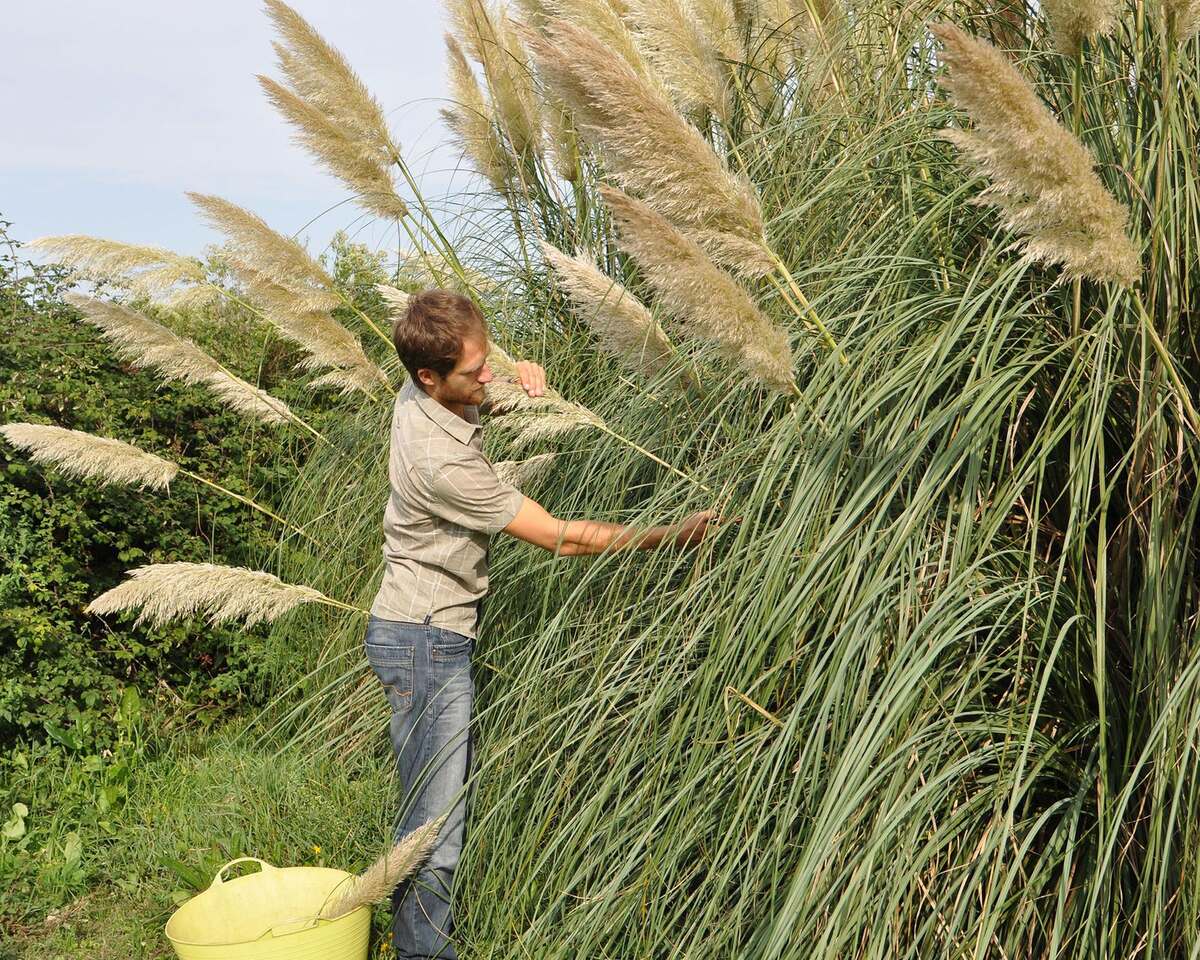
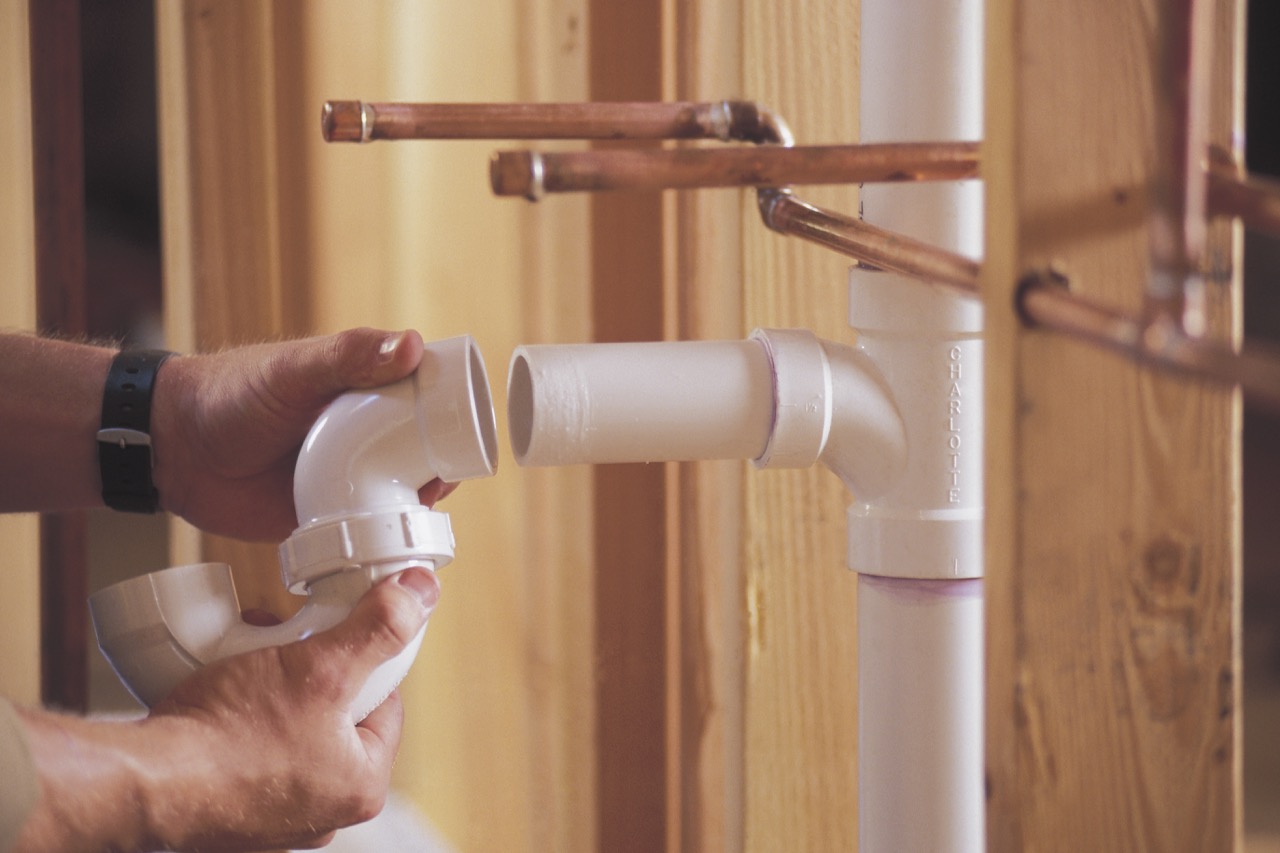
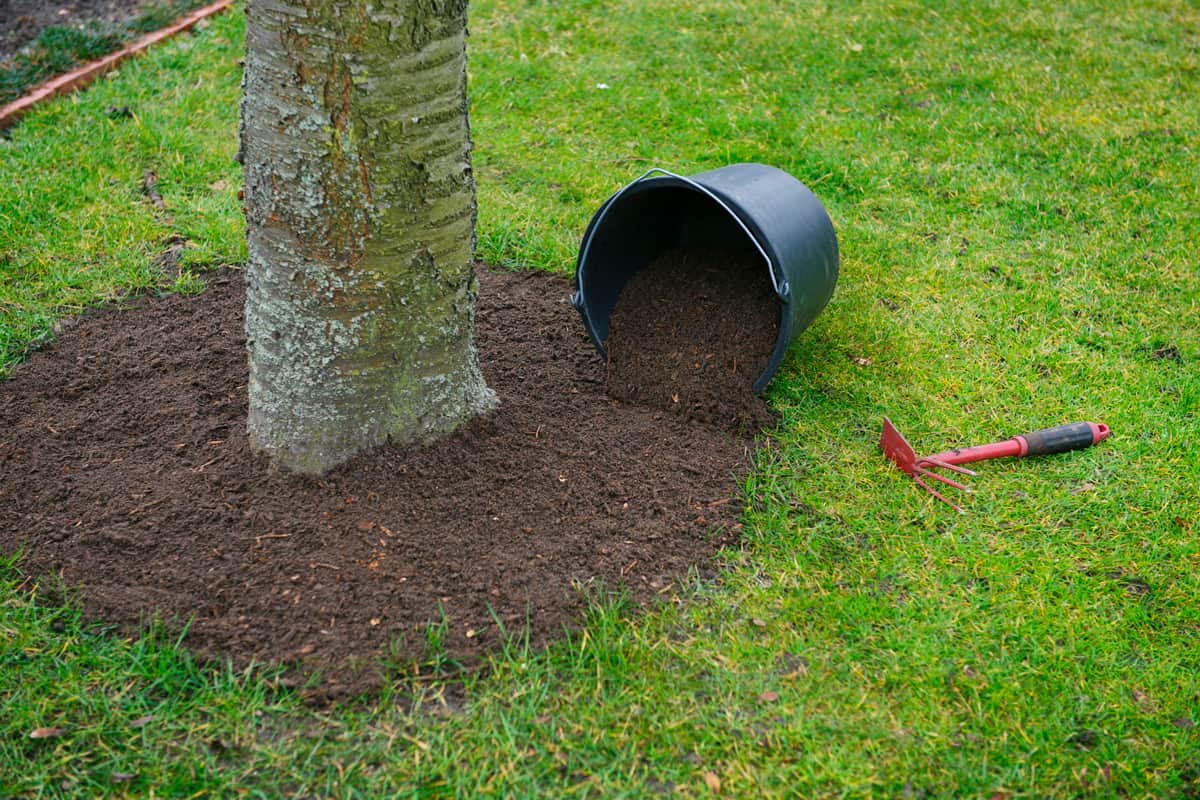


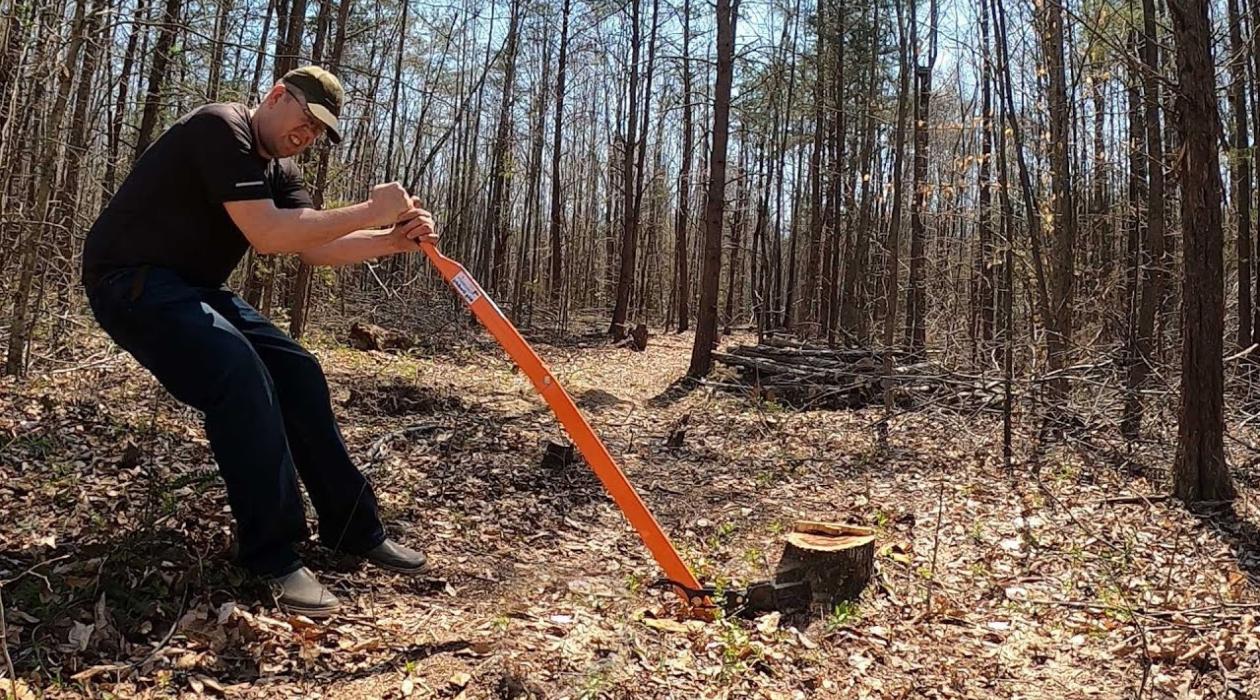
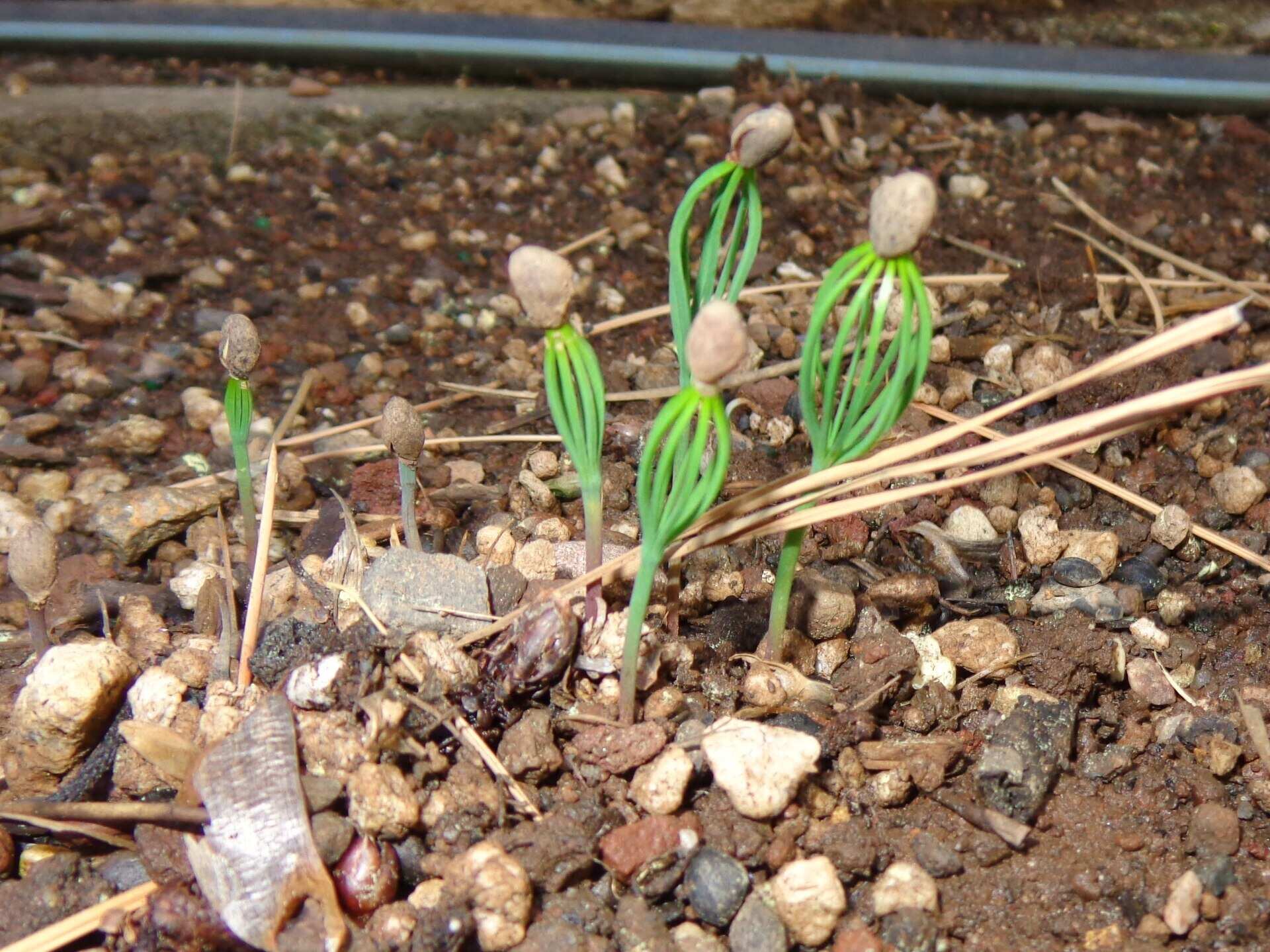
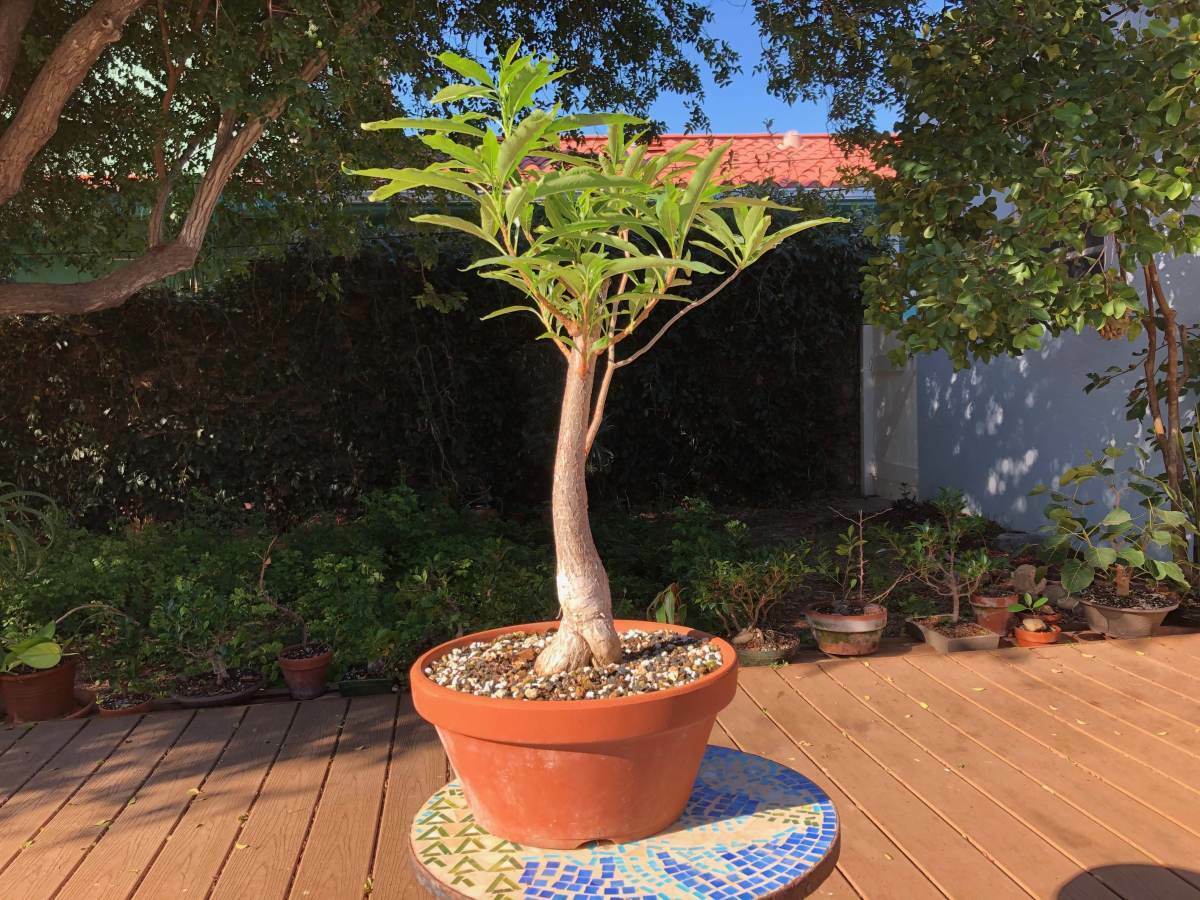


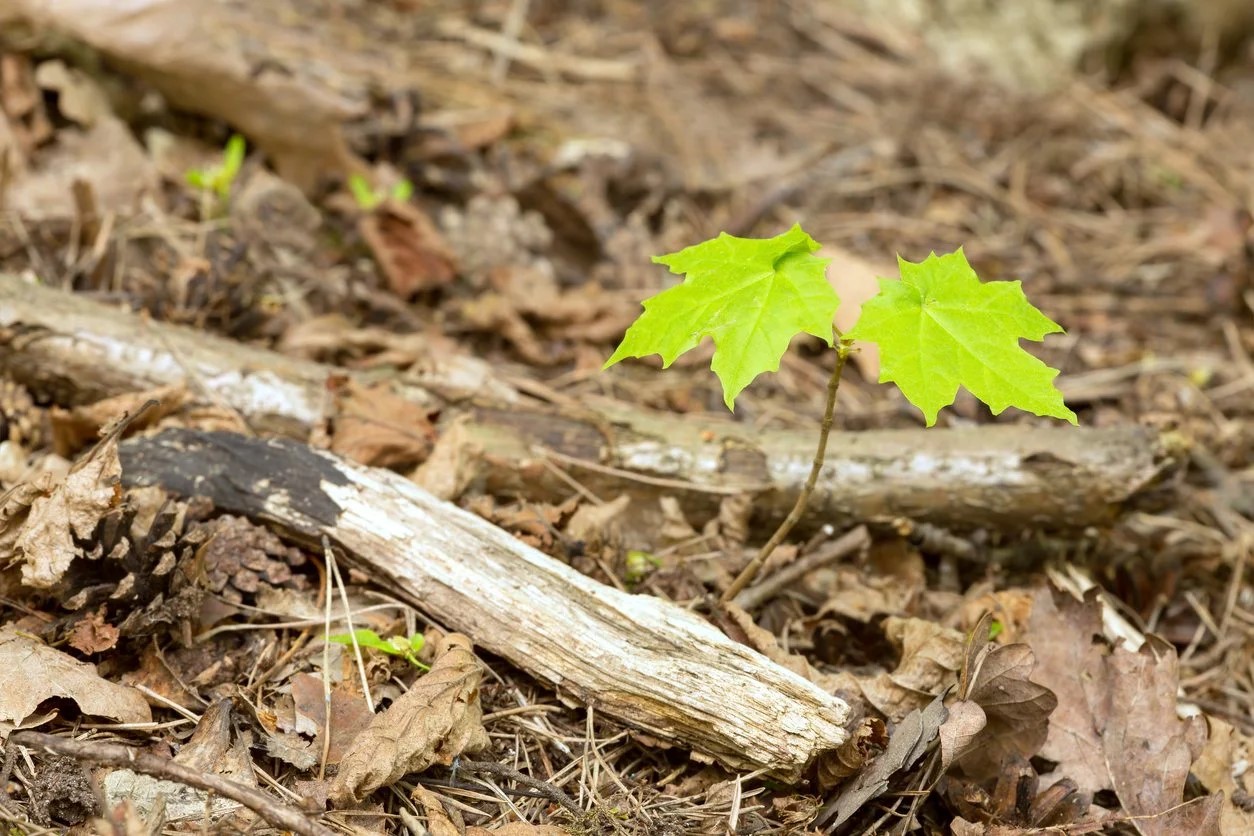
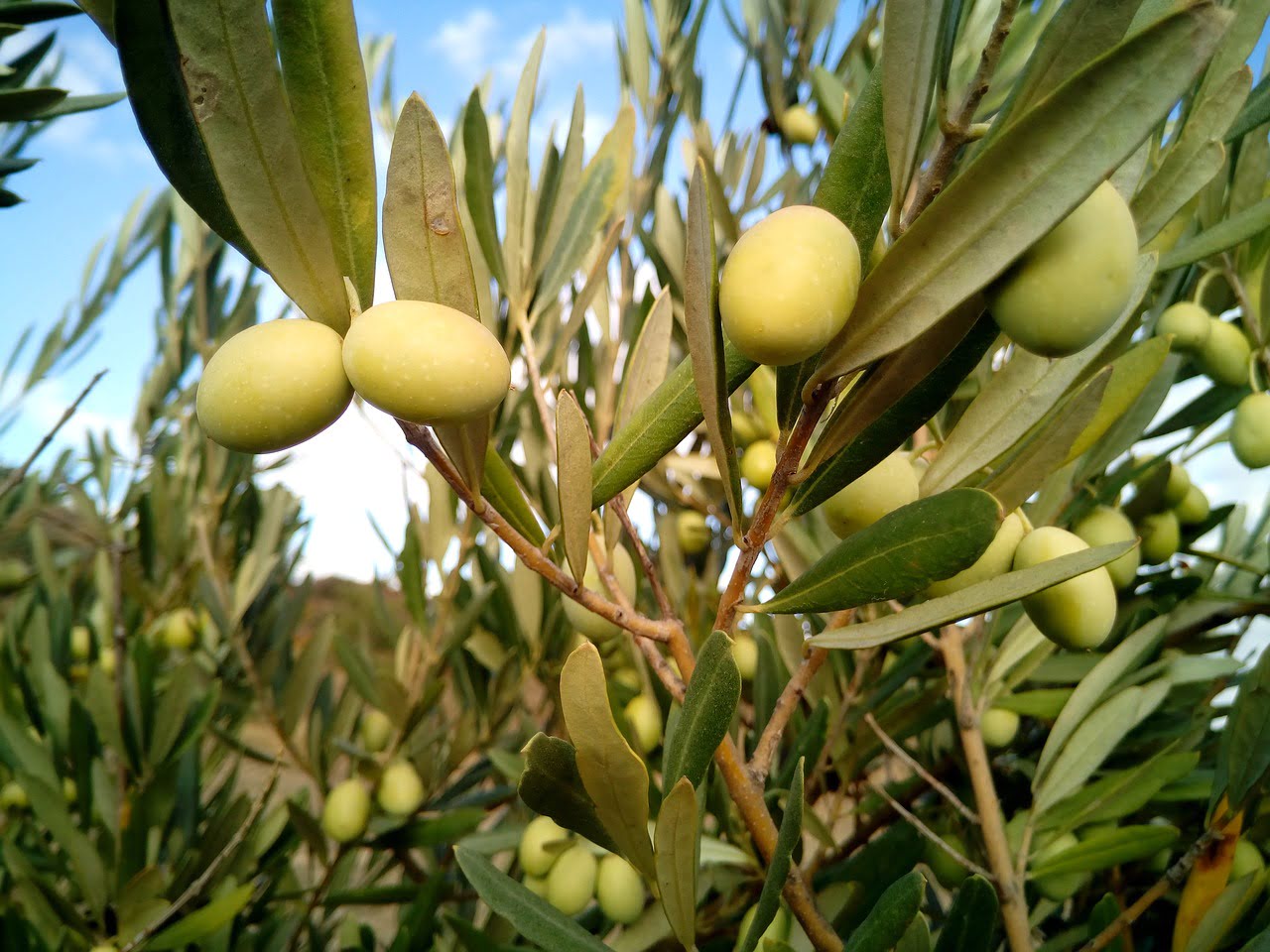
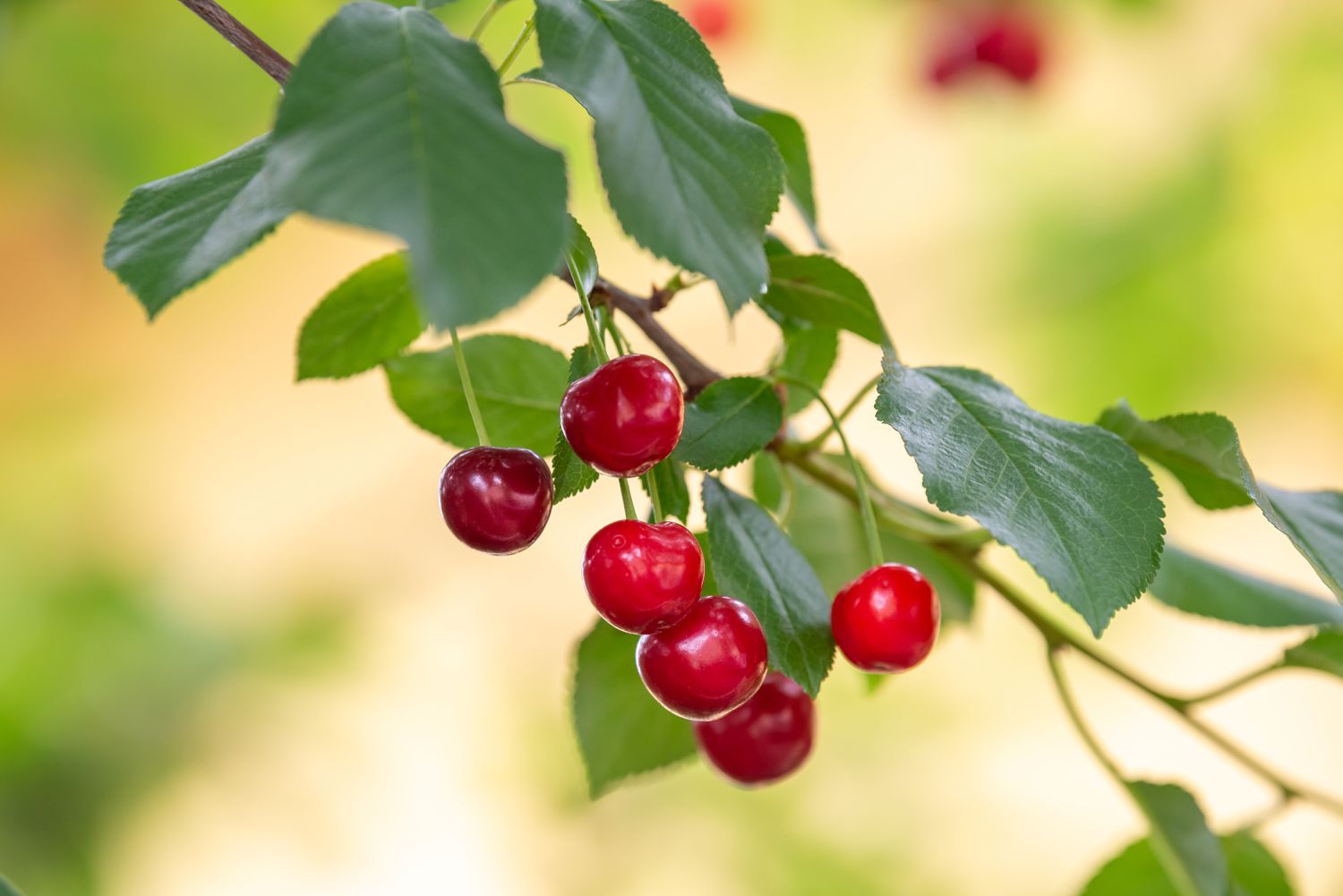

0 thoughts on “How To Remove Tree Roots From Plumbing”